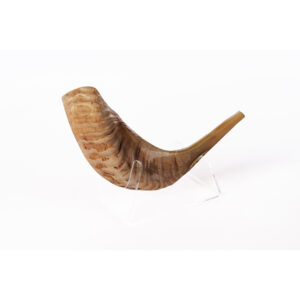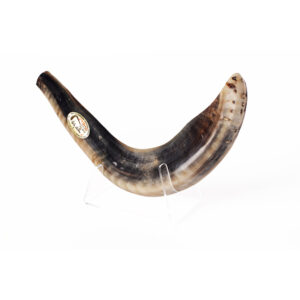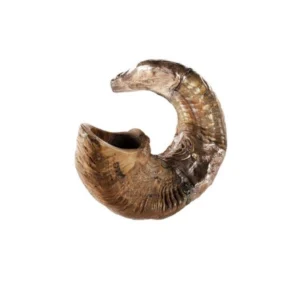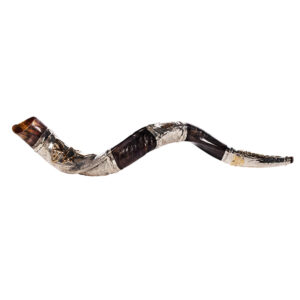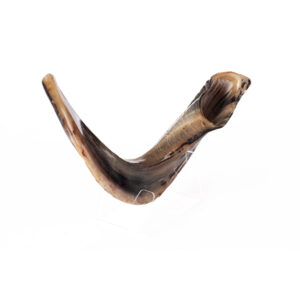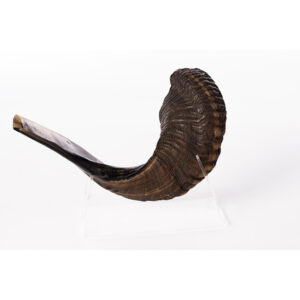
How to Choose a Shofar
How to Choose a Shofar
Choosing a kosher shofar for blowing is not a complicated thing, there are different types of shofar and you have to pay attention to both the halachic aspects and the practical aspects and we at Kol Shofar put things in order for you:
The Horn
The ram is the adult male sheep, and we are commanded to blow its horn lechatchilah (to begin with). Most congregations and synagogues nowadays use this type of Shofar.
The Ram Types of Shofar:
Choosing a Ram Shofar
Ram's horn Shofar, Sephardi-Ashkenazi style
The most common Shofar, with a long, straightened handle Due to a relatively long drill hole, it has a high and sharp tone.
Ram's horn Shofar, Yemenite style
Produced according to the opinion of Rambam, who holds that the natural shape of the horn should not be changed. An unprocessed ram’s shofar is not straightened, so about a third of the horn is cut to produce it. These Shofars are usually not ornamented externally, leaving the horn in its natural state. therefore it has a low and deep sound. The selection of a Yemeni ram shofar is mainly by the Yemeni communities.
Iraqi Ram Shofar (Shofar "Bavli")
Very similar to a Yemeni shofar Even in the Babylonian style, most shofars are not straightened (although most Babylonians are less careful about the polishing and more about the sound). The main difference is that a Babylonian shofar is made of thin horn – either naturally or by polishing.
Moroccan Shofar
A flat ram’s horn Shofar. Its production process is complex and takes a long time. Following the Spanish Expulsion, some Jews arrived at North Africa, while others reached Eastern Europe. It originated in the days of the Spanish Inquisition, when the Jews had to conceal their religion and customs, and would flatten the Shofar, to hide it more easily under their clothes. Choosing a flat shofar reminds us of the Inquisition period in Spain.
Kudu Shofar
The kudu is a species of antelope found in the southern parts of the African continent. Its horn can reach a length of about 150 cm and is impressive in size, color and sound. This horn has a deep sound due to its large volume of air, and can produce different tones (usually 2-3 or more).
Oryx Shofar
The oryx is a species of antelope, common in most parts of Africa, and formerly also in Israel (the oryx is currently being reintroduced into the wild in Israel). The oryx Shofar is black colored and straight, with a long drill hole and a trumpet-like sound. Although kosher according to Halacha, as it is straight and not bent, there is a dispute concerning its validity for performing the mitzvah.
Ibex Shofar
The ibex is a species of mountain goat, common in a large habitat that includes Israel. Being a protected animal, ibex’s horns are rare, and can be obtained only after its death of natural causes. The horn itself is impressive and exceptionally beautiful. he sound of the Shofar is also exceptional and resembles a deep-sounding trumpet.
Choosing A Shofar According to Size
The length of the shofar is measured in cm along the outer circumference of the horn, from the beginning of the mouthpiece to the end of the horn.
Sanding and polishing
You can choose between a polished, half-polished or natural shofar.
Coloring
At Ram shofars we offer the option of choosing a shofar in the shade of the shofar between dark and light. It is important to note that the colors of the shofar are naturally those of the horn. No paint or coating was used in the manufacturing process. any addition to the shofar is prohibited.
*For the full article regarding types of shofar, click on the link:

